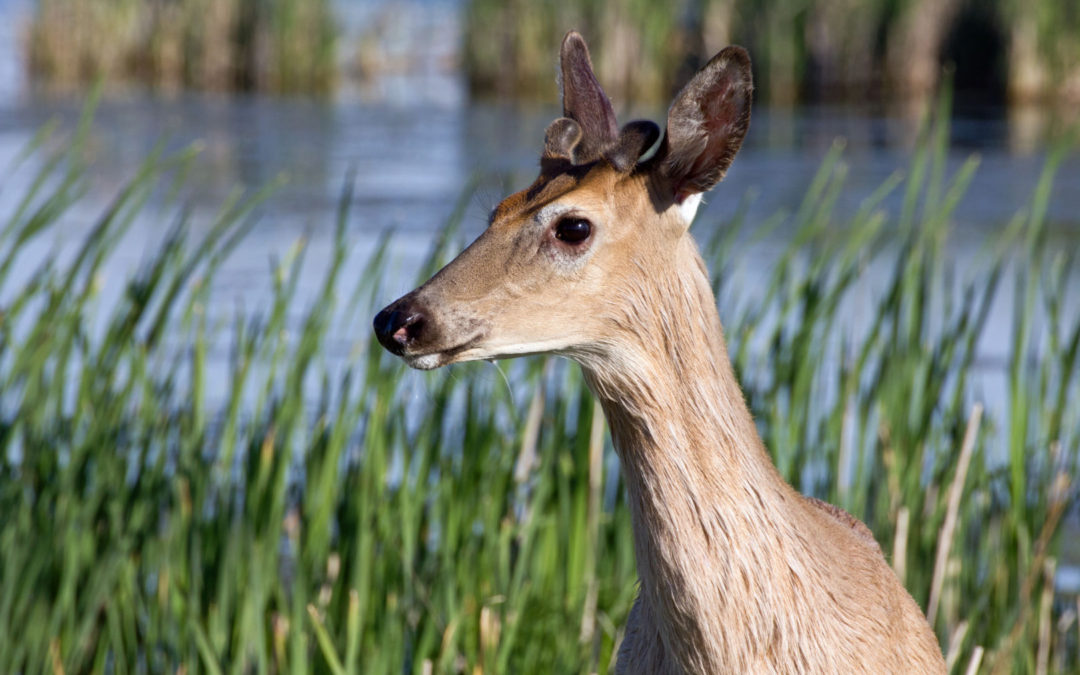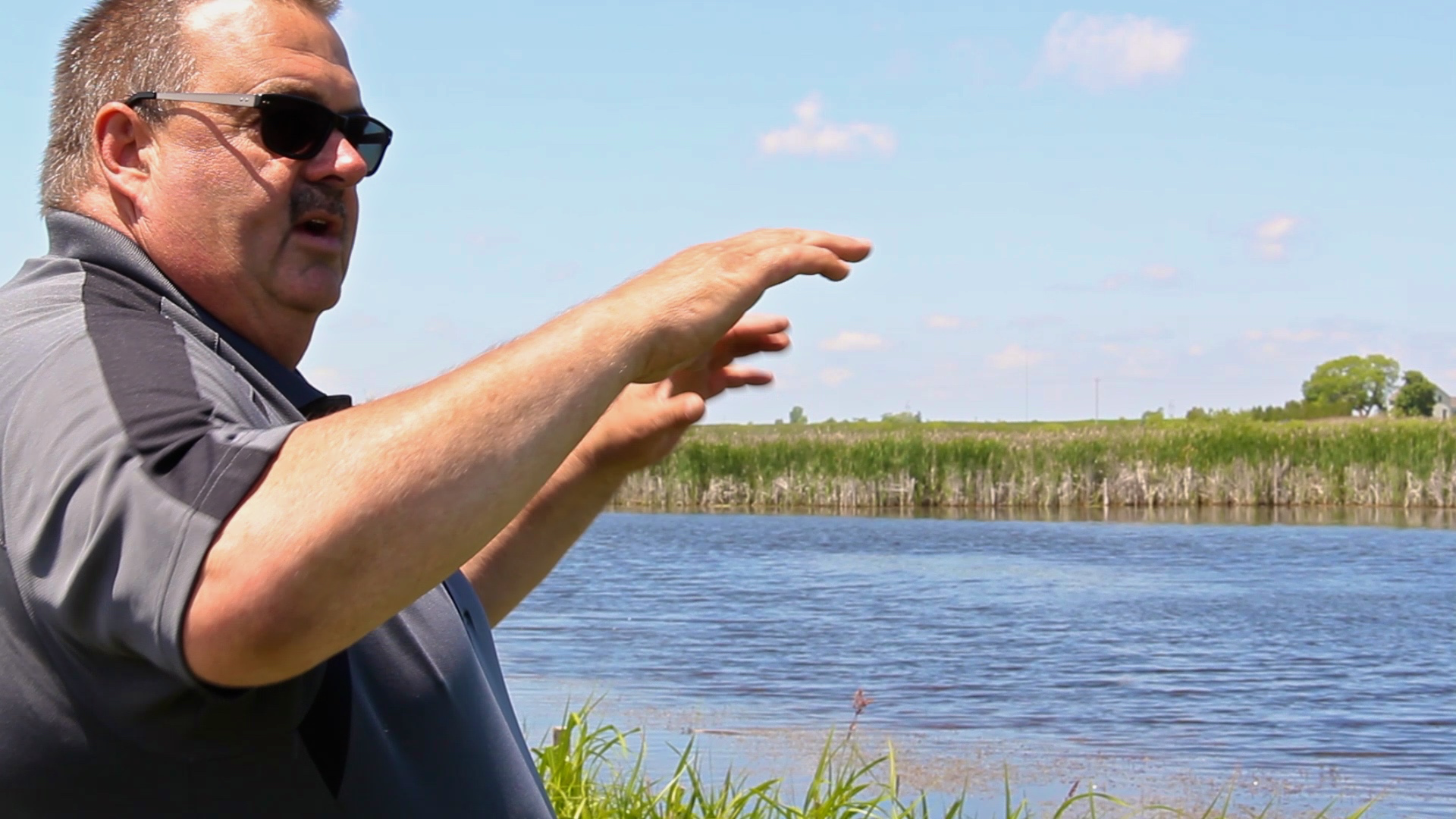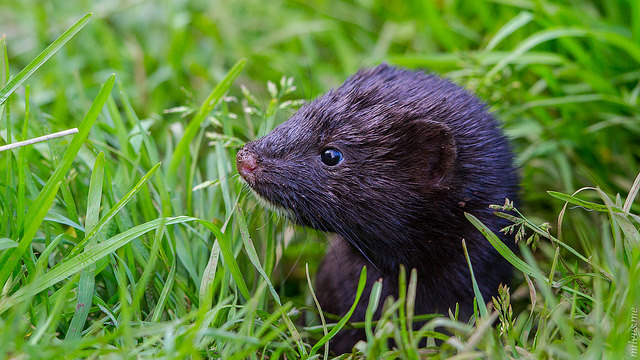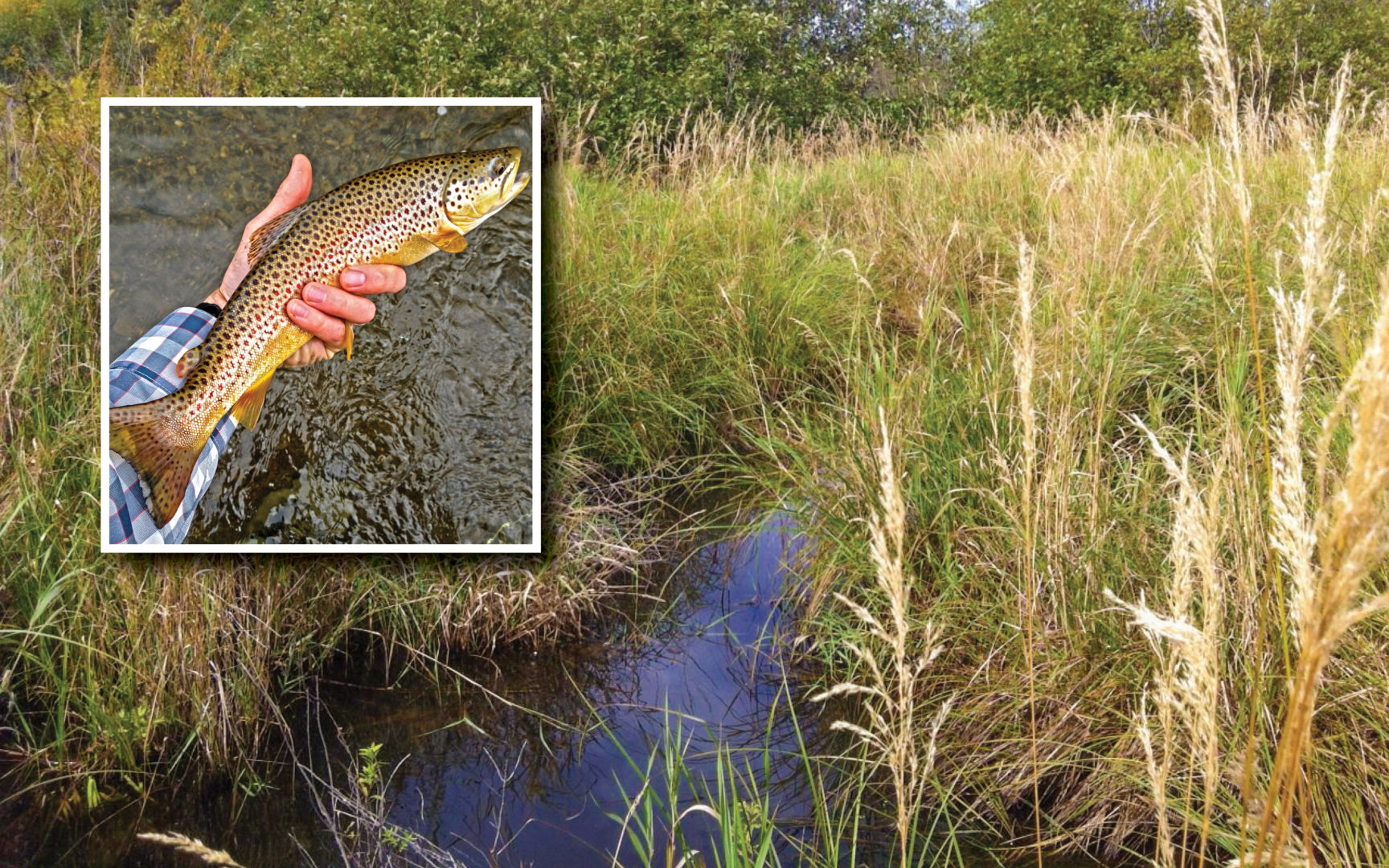Cover habitat
Wisconsin has wetlands of all kinds, including wetlands with shrubs and dense vegetation. These wetlands provide excellent foraging habitat for deer, especially in fall and winter. Deer often seek the cover of wetlands, hiding during times of increased pressure, like hunting season.
Edge habitat
Whitetails rely on edge habitat (habitat found in between open and forested areas) as safe passageways between the places where they rest, feed, and find water. Wetlands are often found in between forests and water bodies, so they are often used by deer as they move from one place to another.
Clean water
Like all of Wisconsin’s wildlife, whitetail deer need clean water. Wetlands help provide clean water by removing sediments and pollutants from water, recharging surface waters like streams and lakes, and slowing the flow of water across the landscape.
Healthy wetlands help whitetails thrive. With 75% of Wisconsin’s wildlife relying on wetlands at some point in their lives, protecting and caring for wetlands means protecting and caring for all kinds of wildlife, including game species, endangered species, and more.
Photo by Ken Tapp
Related Content
A family journey to wetland restoration




